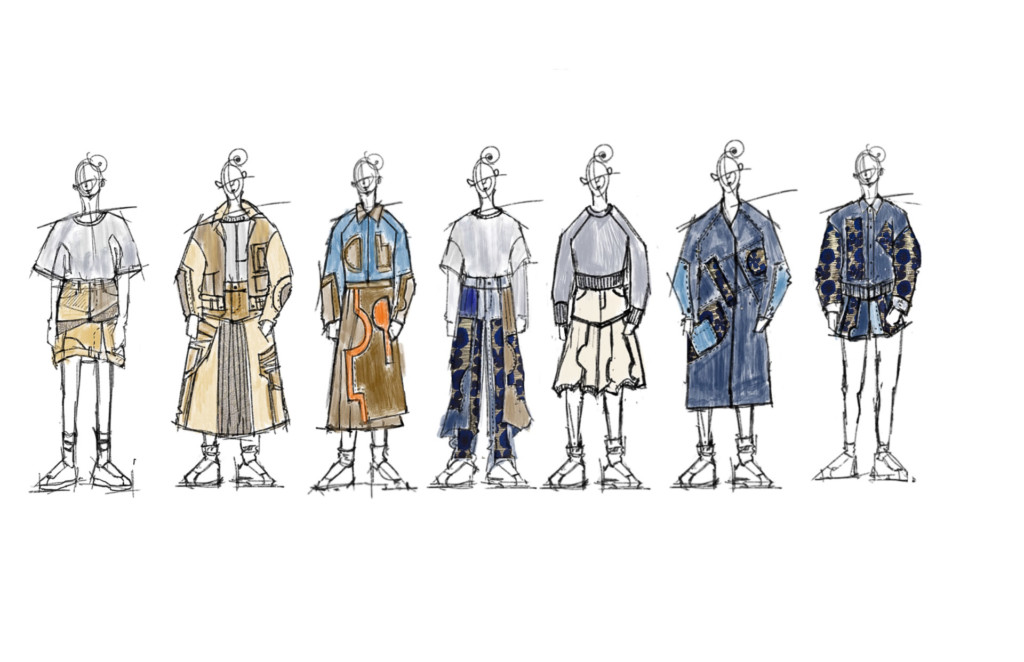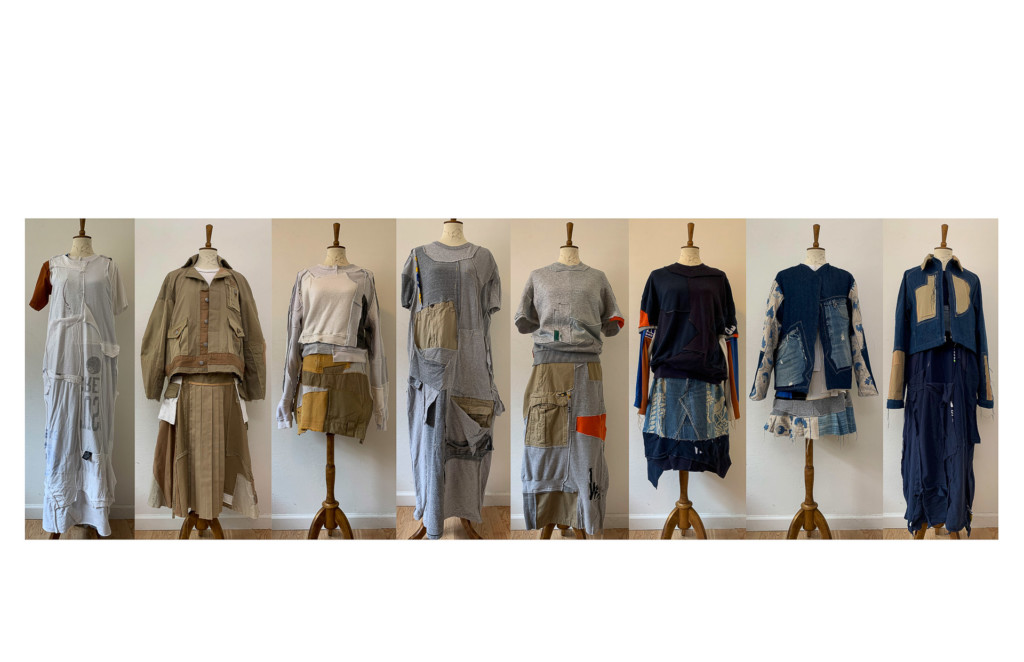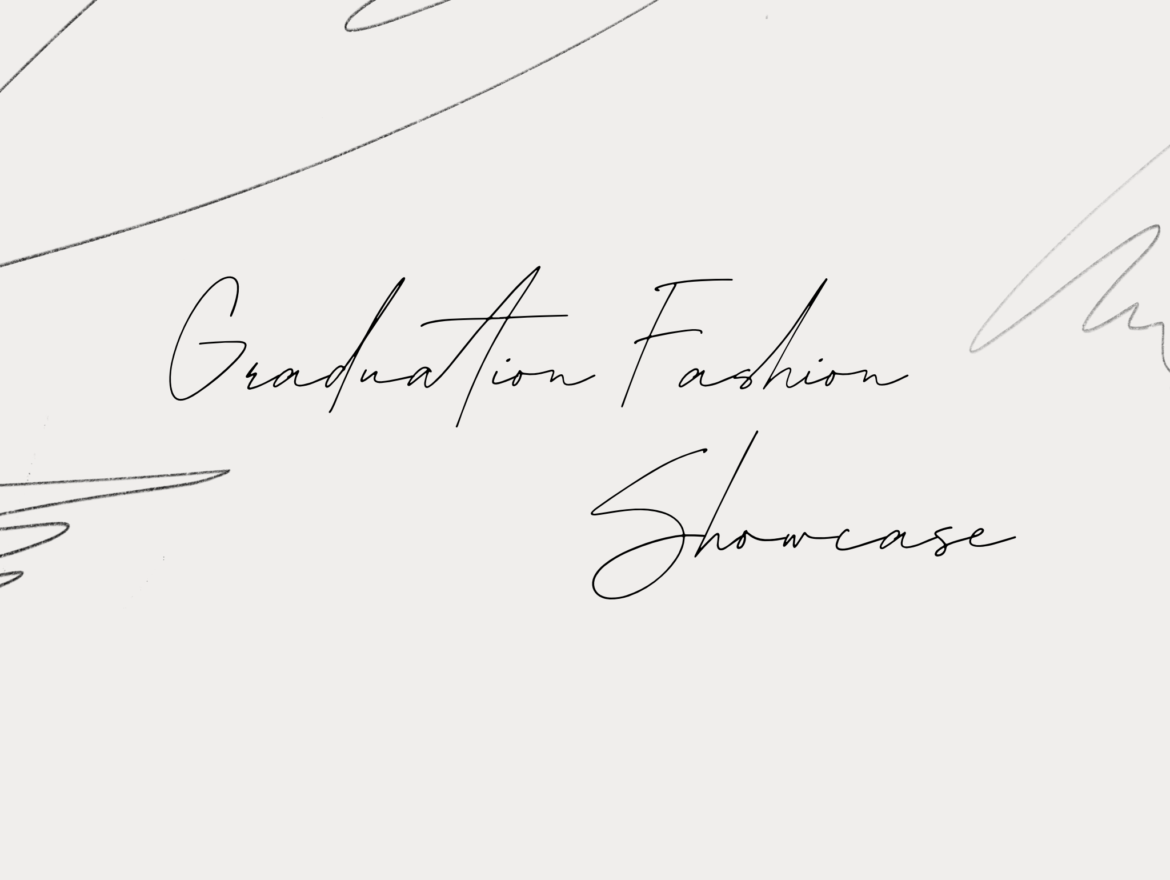By Anna Vo

Looking at B.F.A. fashion design student Sammy Lee’s collection, you can almost hear the words of Margaret Atwood’s poem, “The City Planners”: “Cruising these residential Sunday/streets in dry August sunlight/what offends us is the sanities/the houses in pedantic rows.”
Inspired by the mundanity of life, the Academy of Art University School of Fashion student’s work is a collection of everyday moments he saw on the street, including ordinary people rushing to work braced like mountain climbers conquering the elements. As a result, his collection pulled silhouettes and patterns from climbing gear of the 1990s, incorporating utility jackets, chunky forms, and protective layers.
Lee was influenced by the “similarity and correspondence within our world,” and a belief that these commonalities hold us together. Through this design philosophy, he saw the inevitable connection between the thick layers of San Francisco, its interweaving buildings, and patchwork designs.
As someone “governed by our Earth’s limited resources,” Lee made sustainability a constant design principle. He sewed together scraps of fabric collected from thrift stores and deconstructed clothes, creating his own one-off yarns. Whether it’s pocket detailing or contrasting denim with other fabrics or colors, upcycling and repurposing is a personal requirement. It’s a living example that one man’s trash is another man’s treasure and a personal touch that separates his collection from the rest.
Patchwork has long been a way to recycle worn clothing and fabrics, and though it wasn’t commonly seen in high fashion, Japanese designers like Rei Kawakubo and Junya Watanabe have both made their mark with deconstruction and patchwork art. In a way, Lee’s reconstruction expresses the Dadaist rejection of both artistic and cultural authority. As an art movement that condemns capitalism and rejects authoritarianism, Dadaism is a huge inspiration for him. Dadaists are the embodiment of complete artistic freedom and the rejection of traditional values.
Where many would call people commuting to work sad and mundane, Lee saw something different. He imagined them climbing the hilly slopes by the bay with blank faces and hefty backpacks, and realized they relate to us all. We are all part of a systematic machine, trying to climb to the top, only to repeat it again the next day. There is something beautiful in the mundanity of life. We’re all different but, at our core, the same.


